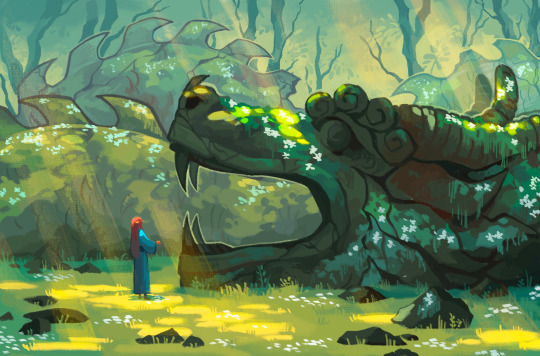#holocen
Text


Another Saturday another formation stream!
This time we visited the subfossil wonders of Madagascar!
#sciart#paleoart#paleostream#holocene#pleistocene#madagascar#elephant birds#aepyornis#lemurs#crocodile#megaladapis#tortoise#fossils
417 notes
·
View notes
Text

ICS time bias in one picture
829 notes
·
View notes
Text
qbad lore be like




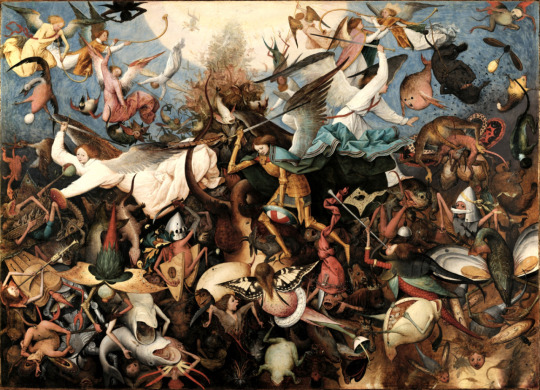

#badboyhalo#qsmp#dont take this too seriously LMAO#anyways in order: 4d space revelations holocene epoch ankh fall of rebel angels ferryman charon
157 notes
·
View notes
Text
Rufiphonia Vázquez-López & Hernández-Baños, 2024 (new genus)

(A male individual of Rufiphonia rufiventris, photographed by Hector Bottai, under CC BY-SA 4.0)
Meaning of name: Not explained by authors, but presumably Rufiphonia = rufous [in Latin] Euphonia [genus of finches including the white-vented euphonia]
Species included: R. rufiventris (rufous-bellied euphonia, type species, previously in Euphonia), R. anneae (tawny-capped euphonia, previously in Euphonia), R. cayennensis (golden-sided euphonia, previously in Euphonia), R. fulvicrissa (fulvous-vented euphonia, previously in Euphonia), R. gouldi (olive-backed euphonia, previously in Euphonia), R. imitans (spot-crowned euphonia, previously in Euphonia), R. mesochrysa (bronze-green euphonia, previously in Euphonia), R. pectoralis (chestnut-bellied euphonia, previously in Euphonia), and R. xanthogaster (orange-bellied euphonia, previously in Euphonia)
Age: Holocene (Meghalayan), extant
Where found: Humid forests in Central and South America
Notes: Rufiphonia is a genus of euphonias, a group of finches from the tropical Americas in which the males tend to be brightly colored. Unlike most other finches, euphonias feed primarily on fruits instead of seeds, and accordingly they generally have less robust beaks than typical finches.
Currently, only two euphonia genera are recognized, Chlorophonia and Euphonia, each containing a large number of species. However, a new study on the evolutionary history of this group suggests splitting Chlorophonia into two distinct genera and Euphonia into three based on their phylogenetic relationships and anatomical differences. For species traditionally classified in Euphonia, the authors propose limiting Euphonia proper to a group of closely related euphonias in which males tend to have a dark blue throat and yellow belly, resurrecting the old name Phonasca for a second group in which males tend to have a yellow throat, and coining the new name Rufiphonia for a third in which both males and females can have rufous patches on the belly, head, or underside of the tail.
Reference: Vázquez-López, M., S.M. Ramírez-Barrera, A.K. Terrones-Ramírez, S.M. Robles-Bello, A. Nieto-Montes de Oca, K. Ruegg, and B.E. Hernández-Baños. 2024. Biogeographic factors contributing to the diversification of Euphoniinae (Aves, Passeriformes, Fringillidae): a phylogenetic and ancestral areas analysis. ZooKeys 1188: 169–195. doi: 10.3897/zookeys.1188.107047
178 notes
·
View notes
Video
The only known footage of the Laysan ʻapapane (Himatione fraithii) from 1923.
After rabbits were introduced and consumed their nectar sources, the Laysan ‘apapane went extinct alongside the Laysan millerbird and Laysan rail due to a strong storm that hit the island.
[video source]
2K notes
·
View notes
Text
378 notes
·
View notes
Text
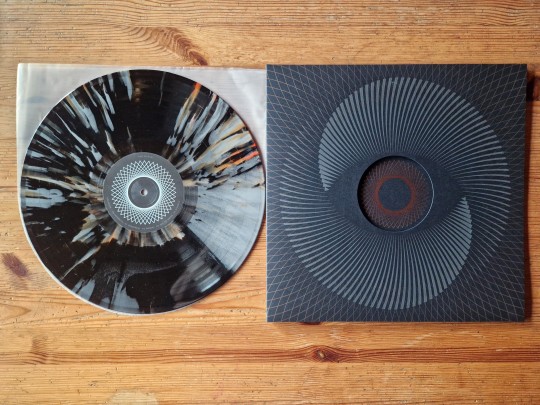
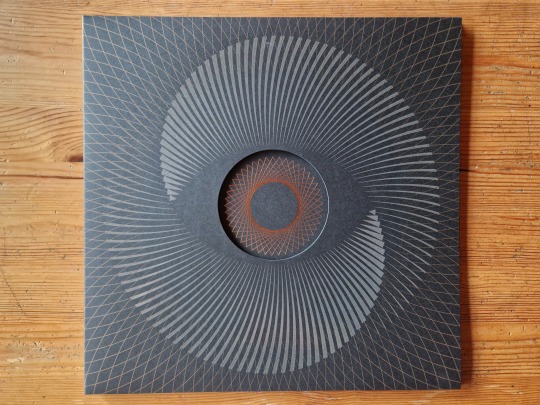





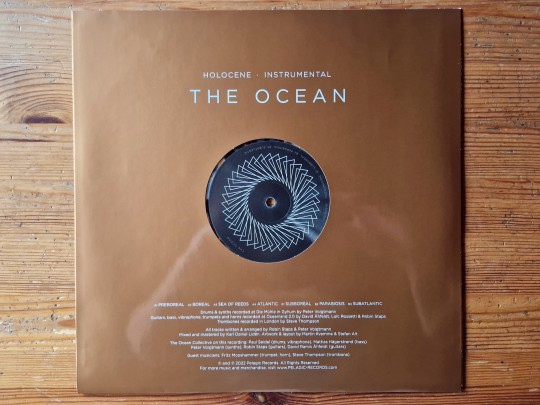
The Ocean - Holocene Instrumentals | Pelagic Records | 2023 | Black with Grey & Orange Splatter | /150
#the ocean#holocene instrumentals#pelagic records#vinyl#colored vinyl#lp#music#records#record collection#metal#post metal
60 notes
·
View notes
Text
















next // previous
august 24, 2021
9:00 p.m.
rainbow bowling
✨ do you like me? ✨
#ts4#the sims 4#sims 4#sims 4 story#sims 4 storytelling#simblr#hlcn: everything the stars promised#nerds!! (for info and each other)#holocene-sims? more like holocene-advocates-for-positive-male-friendships#also the link is to a bert and ernie skit lmaoooo#holocene.docx#holocene.png#hlcn: grant#hlcn: henry
48 notes
·
View notes
Text

Day 24: Parocnus browni
A Pygmy ground sloth from Cuba and Hispaniola of Pleistocene and Holocene, is sleepy on a half fallen palm tree in a dense jungle of Cuba.
46 notes
·
View notes
Photo

The Second Extinction of the Pyrenean Ibex, a new nonfiction comic by me about humanity's quest to clone extinct animals and the time we almost-but-not-quite succeeded, is coming as part of Iron Circus Comics’ FAILURE TO LAUNCH anthology! Look for the crowdfunding campaign in early 2023.
#iron circus comics#pyrenean ibex#extinction#extinct species#conservation#holocene extinction#skeletons#cloning#zoology#indie comics#my artwork
474 notes
·
View notes
Text
#Sagan 4#birgworld#Iguanodont#AESL#sina-man#amphiterra#Citysaurus#hamsters paradise#tribbetherium#runaway to the stars#jayrockin#on beyond Holocene#zhejiangopterus#Batterymaster01#athrymagaia#spec evo#speculative evolution#shout out to all the spec creators of tumblr and beyond
56 notes
·
View notes
Photo
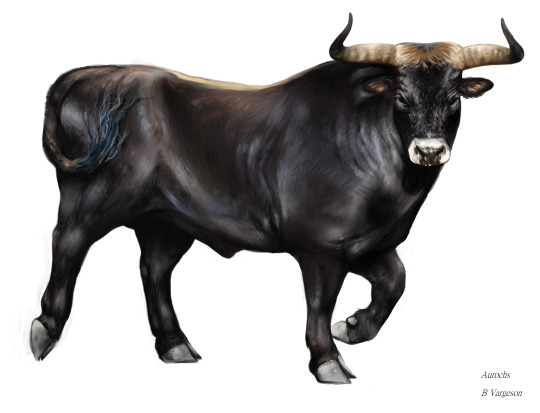
It’s been a while!!
Here’s an Aurochs illustration I’ve nearly finished as part of a local project... this has taken a while too. I’ve been busy being a mum.
435 notes
·
View notes
Text
32 notes
·
View notes
Text
Quechuavis van Els et al., 2023 (new genus)
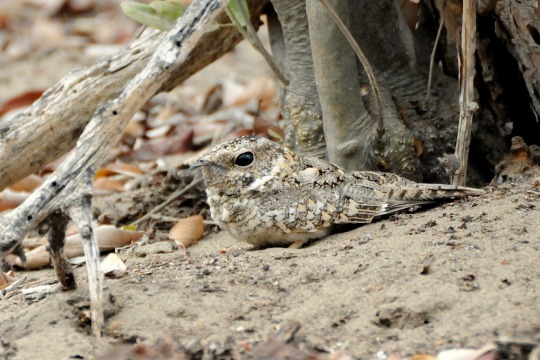
(An individual of Quechuavis decussata, photographed by christian_nunes, under CC BY-NC 4.0)
Meaning of name: Quechuavis = Quechua bird [in Latin]
Species included: Q. decussata (Tschudi's nightjar, type species, previously in Systellura)
Age: Holocene (Meghalayan), extant
Where found: Arid, open habitats in western Peru and northern Chile
Notes: Quechuavis decussata is a nightjar, a group of nocturnal, insect-eating birds. Nightjars typically spend the day camouflaged against the ground and use their wide mouths to capture flying insects at night. The Tschudi's nightjar was formerly considered a subspecies of the band-winged nightjar (Systellura longirostris), and even after being recognized as a separate species, has generally still been classified in the genus Systellura. However, genetic studies have shown that it is not closely related to members of the genus Systellura, nor does it appear to have any particularly close relatives among other South American nightjars. As a result, a new study reassigns the Tschudi's nightjar to a unique new genus.
Reference: Costa, T.V.V., P. van Els, M.J. Braun, B.M. Whitney, N. Cleere, S. Sigurðsson, and L.F. Silveira. 2023. Systematic revision and generic classification of a clade of New World nightjars (Caprimulgidae), with descriptions of new genera from South America. Avian Systematics 1: 55–99.
242 notes
·
View notes
